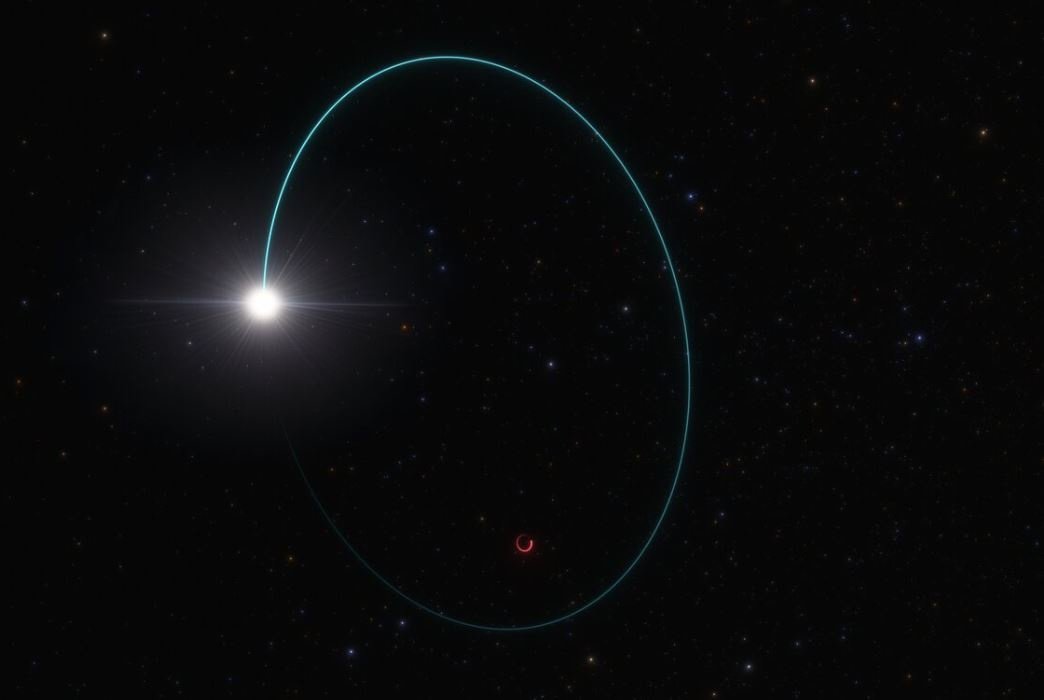They found the most massive stellar black hole in the Milky Way

Data from the European Space Agency’s Gaia mission reveals the most massive stellar black hole known in the Milky Way, due to the strange “oscillating” motion of the companion star orbiting it.
Data from the Very Large Telescope (ESO VLT) European Southern Observatory (ESO) and other ground-based observatories were used to test the black hole’s mass, which is 33 times the mass of our Sun.
Stellar black holes form from about the collapse of massive stars and those found in the Milky Way are on average about 10 times more massive than the Sun. Even the next most massive known stellar black hole in our galaxy, Cygnus X-1, is only 21 solar masses. new observation of an object with 33 masses Solar energy is exceptional.
Second closest to Earth
Surprisingly, this black hole is also very close to us: just 2000 light years away, in the constellation Aquila and is the second closest known black hole to Earth. Called Gaia BH3 or BH3 for short, it was discovered when the team analyzed Gaia observations in preparation for a new data release.
“No one expected to find a large mass black hole lurking nearby and it would not have been discovered until now,” Pasquale Panuzzo, a member of the Gaia collaboration and an astronomer at the Paris Observatory, part of the French National Center for Scientific Research (CNRS), said in a statement. “It’s the type of discovery that happens one day in your research career.”
To confirm your discovery, cooperation Gaia used data from ground-based observatories, including the UVES instrument. (Ultraviolet and Visual Echelle Spectrograph) from ESO’s VLT located in the Atacama Desert, Chile (2). These observations revealed key properties of the companion star which, together with data from Gaia, allowed the team to accurately measure the mass of BH3.
The astronomical community had previously discovered similar massive black holes outside our galaxy (using a different detection method) and speculated that they might form through collapse. stars that have very few elements in their chemical composition heavier than hydrogen and helium. These metal-poor stars are thought to lose less mass during their lives and therefore have more material left over to form high-mass black holes after they die. But until now there has been no evidence directly linking metal-poor stars to high-mass black holes.
Pairs of stars usually have similar compositions. which means the companion is BH3 contains important information about the star that collapsed and created this exceptional black hole. The UVES data showed that the companion was a very metal-poor star, indicating that the star that collapsed to form BH3 was also metal-poor, as expected.
A study conducted by Panuzzo was published in the journal Astronomy and astrophysics.